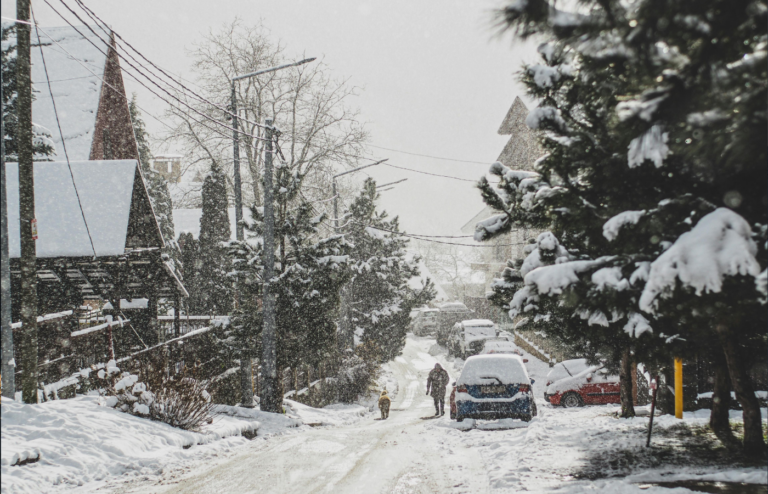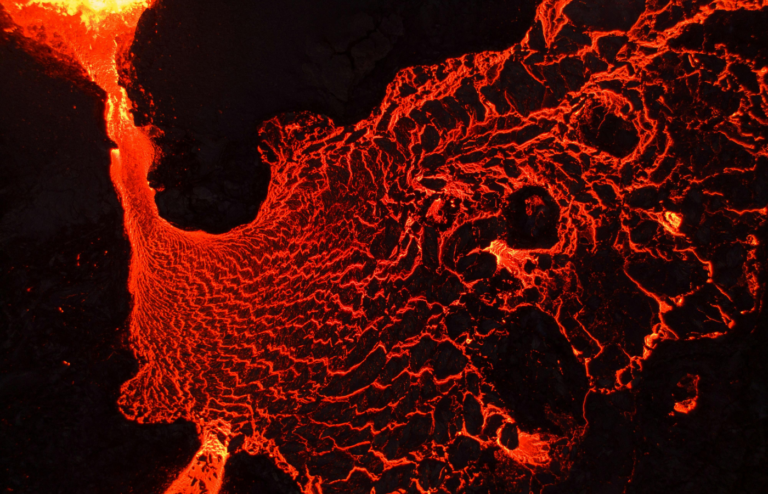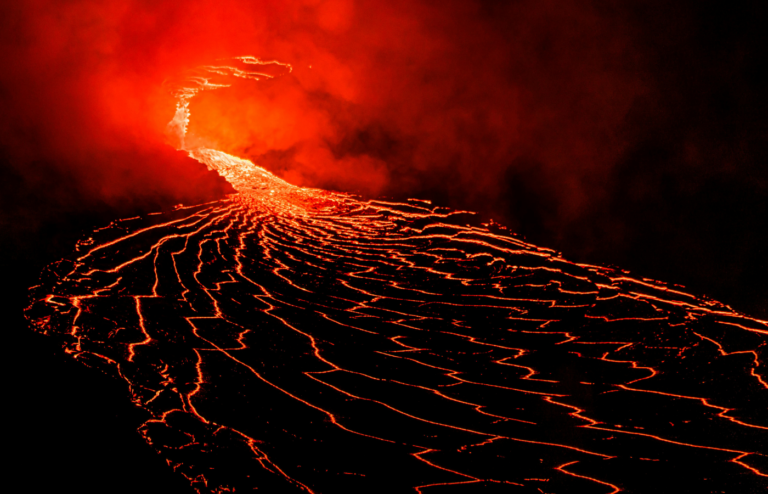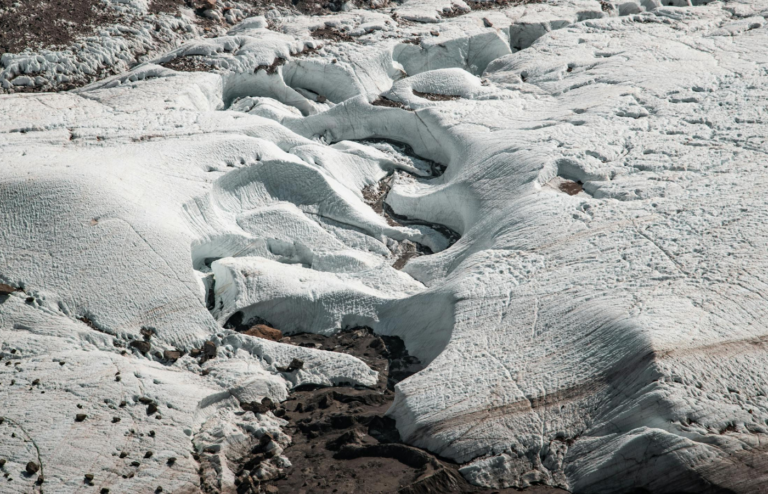Tornadoes are among the most powerful forces of nature. Some leave only minor damage, while others carve massive paths of destruction across entire towns. The biggest tornadoes in history have set records for size, wind speed, and the devastation they caused.
From mile-wide monsters to the deadliest twisters, these are the 10 biggest tornadoes ever recorded. Each one is a reminder of just how powerful the atmosphere can be.
1. The El Reno Tornado (2013) – The Widest Ever
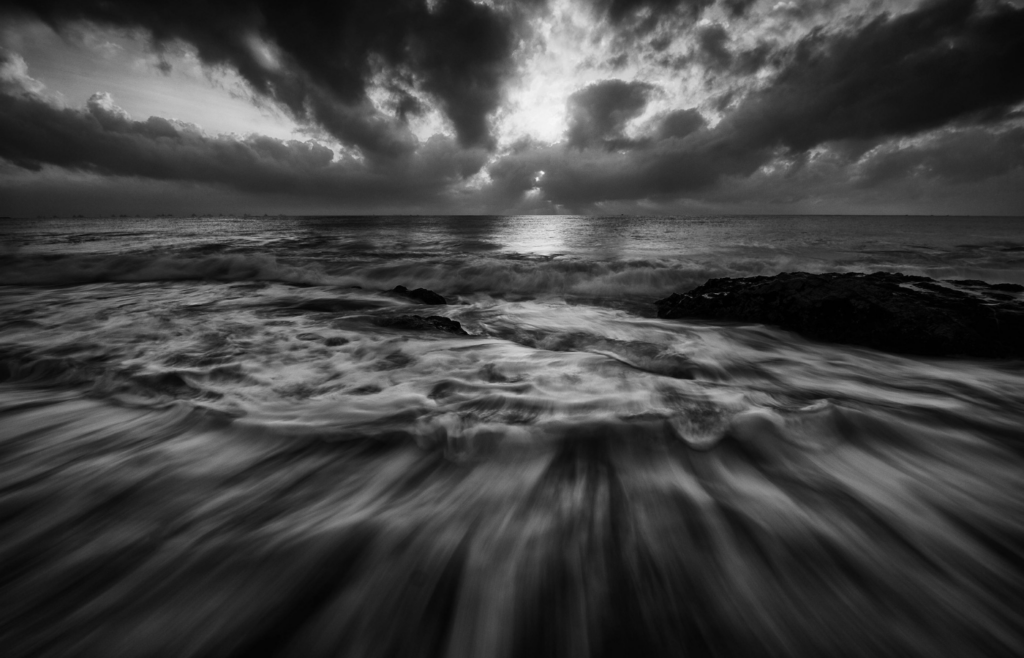
The El Reno tornado in Oklahoma holds the record for the widest tornado ever recorded. It reached a staggering width of 2.6 miles at its peak, dwarfing nearly every tornado in history. Despite its massive size, it mostly remained over rural areas, limiting fatalities.
What made this tornado especially dangerous was its shifting path and high-speed winds, which made it difficult for storm chasers to track safely. Tragically, it claimed the lives of several experienced storm chasers, proving that even experts can be caught off guard by nature’s fury.
2. The Tri-State Tornado (1925) – The Longest Path
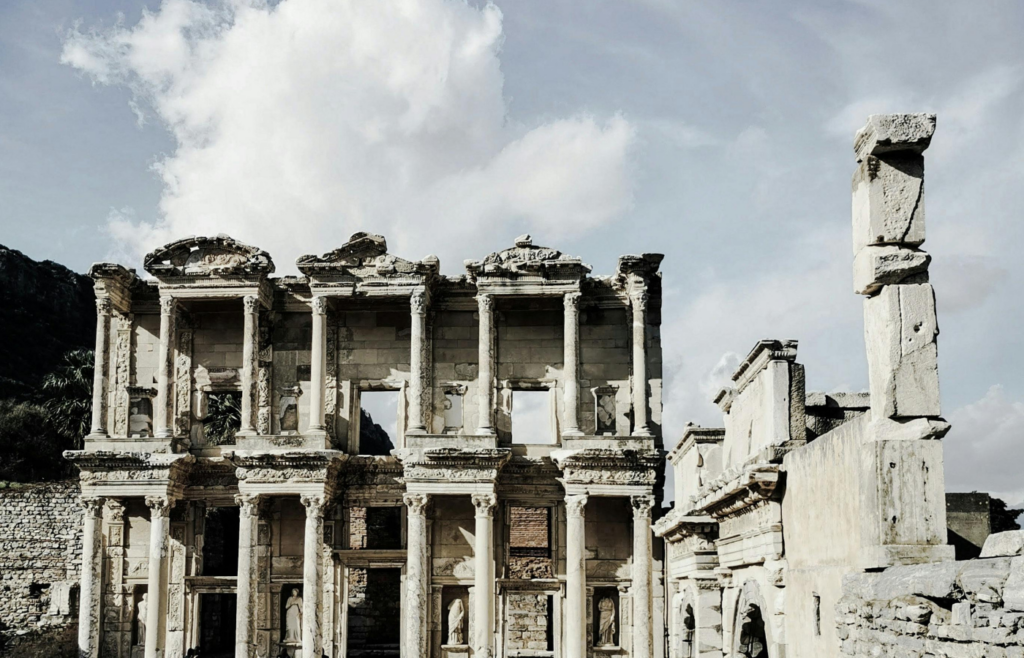
The Tri-State Tornado is legendary for its sheer persistence. It traveled a shocking 219 miles across Missouri, Illinois, and Indiana, making it the longest-lasting tornado in history. It tore through communities at speeds of up to 73 mph, leaving destruction in its wake.
With an estimated death toll of nearly 700 people, it remains the deadliest tornado in U.S. history. The lack of warning systems in 1925 contributed to the tragedy, as people had no way of knowing what was coming until it was too late.
3. The Joplin Tornado (2011) – One of the Costliest
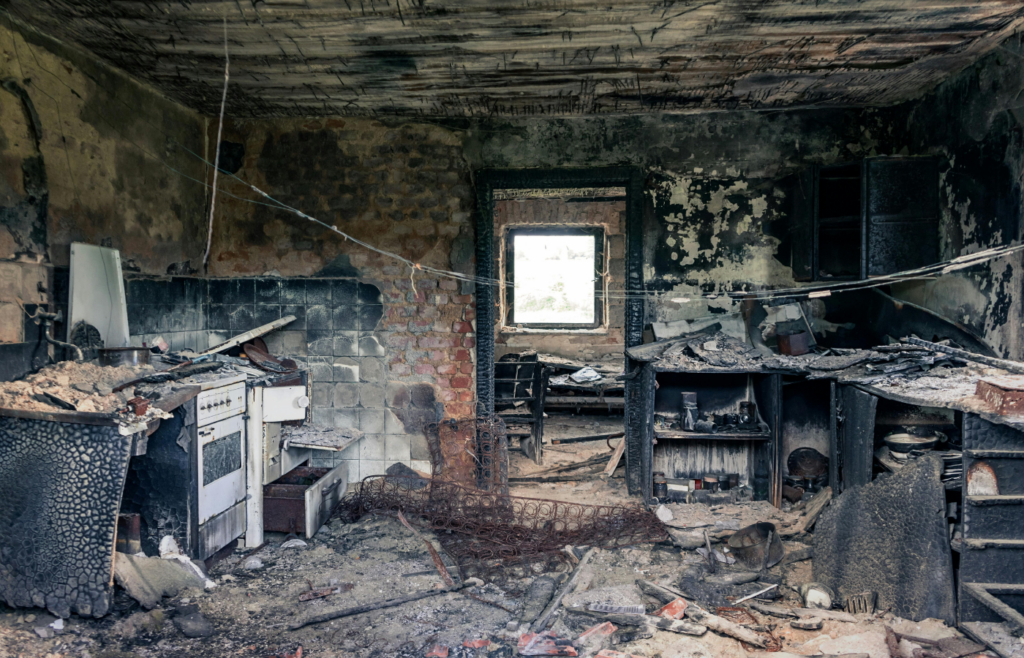
The Joplin, Missouri, tornado of 2011 wasn’t the widest or the fastest, but it was one of the most expensive and deadly. With winds exceeding 200 mph, this EF5 tornado destroyed a third of the city and caused $2.8 billion in damages.
The storm hit a densely populated area, leading to 158 fatalities and over 1,000 injuries. It remains one of the deadliest tornadoes in modern U.S. history and serves as a harsh reminder of how dangerous urban tornadoes can be.
4. The Bridge Creek-Moore Tornado (1999) – The Strongest Winds
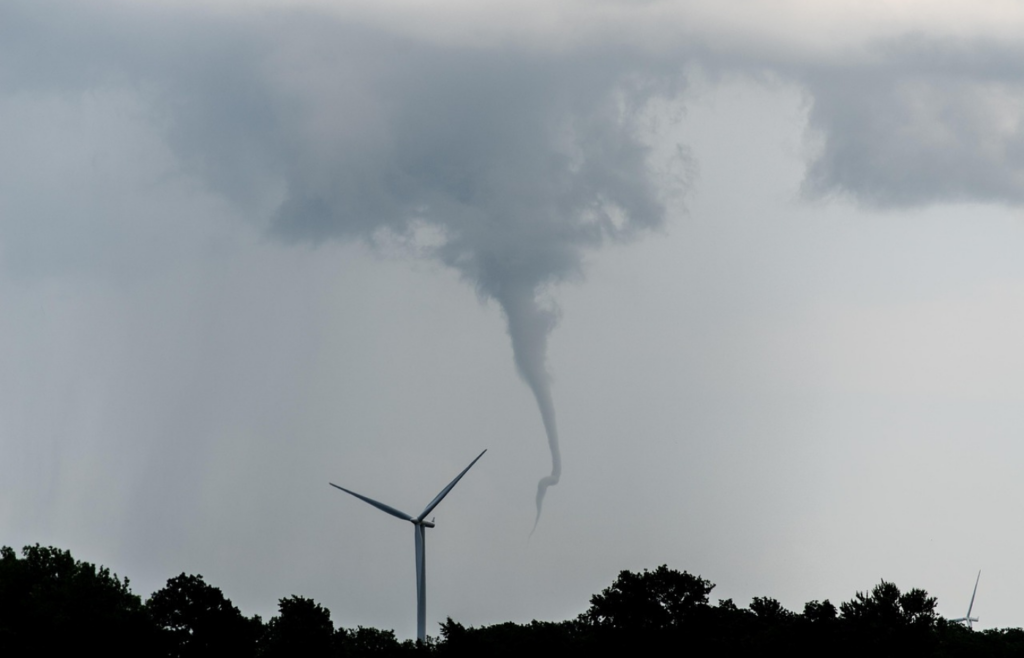
When it comes to wind speed, no tornado on record beats the Bridge Creek-Moore tornado of 1999. A Doppler radar measured wind speeds of 301 mph, the highest ever recorded on Earth. The tornado tore through central Oklahoma, leveling homes and infrastructure.
Despite its incredible intensity, the tornado caused fewer deaths than expected—largely due to improved tornado warnings and shelters in the area. Still, the destruction was immense, with entire neighborhoods wiped off the map.
5. The Jarrell Tornado (1997) – Extreme Ground Scouring
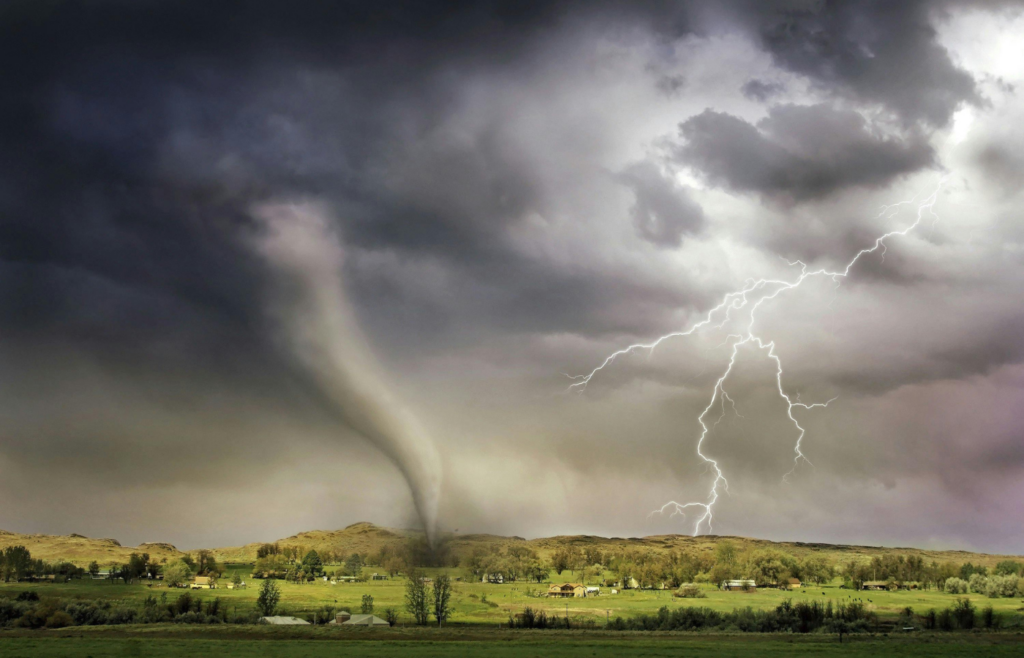
The Jarrell, Texas, tornado was smaller in width compared to others on this list, but its intensity was unmatched. It was an EF5 tornado with wind speeds that scoured the ground down to bare rock in some areas.
This tornado nearly erased the Double Creek Estates neighborhood, leaving behind only foundations and dirt. Tragically, 27 people lost their lives, and the storm remains one of the most destructive tornadoes in Texas history.
6. The Hallam Tornado (2004) – Second-Widest Tornado
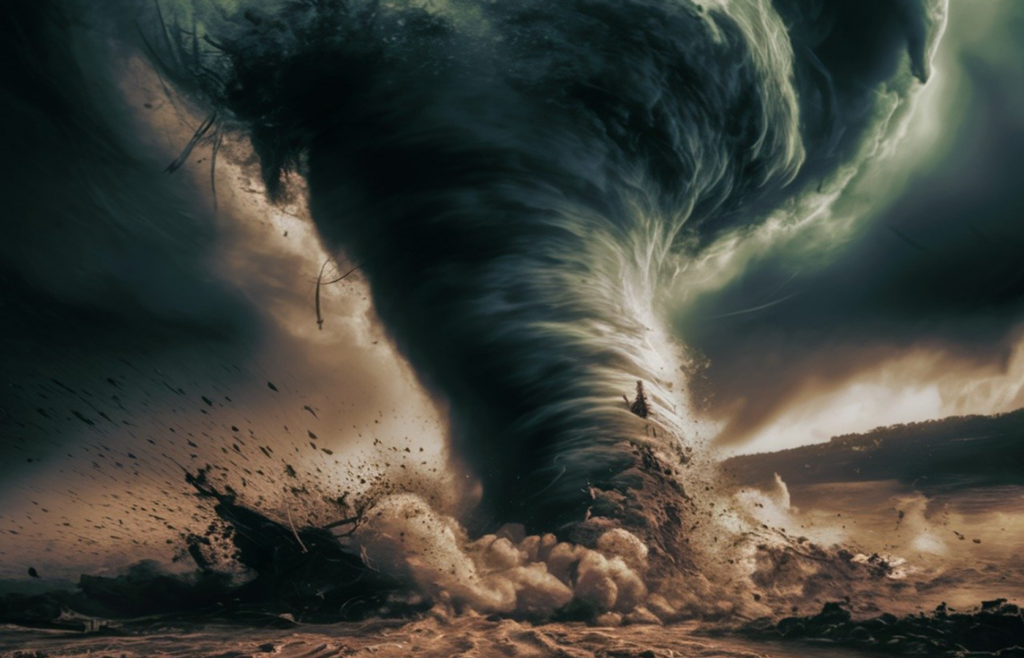
Before El Reno broke the record, the Hallam, Nebraska, tornado was considered the widest tornado ever recorded. It measured 2.5 miles across at its peak, making it an absolute monster of a storm.
Despite its size, the tornado was relatively slow-moving, which may have helped save lives. While it caused significant damage, only one person lost their life. Hallam’s experience proves that width alone doesn’t determine a tornado’s deadliness.
7. The Tuscaloosa-Birmingham Tornado (2011) – A Multi-City Disaster
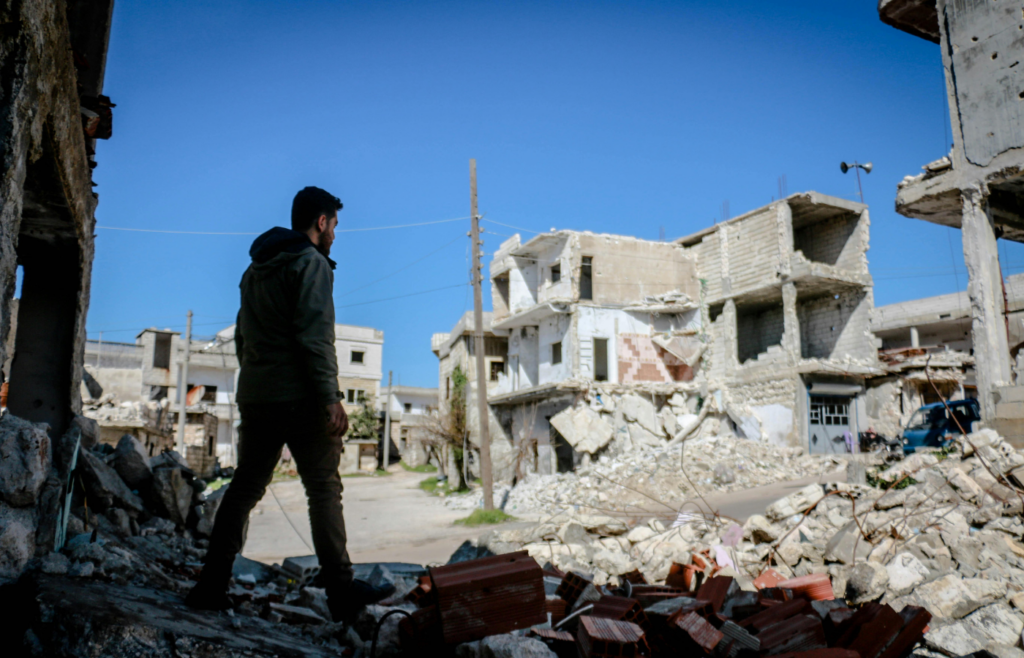
Part of a massive tornado outbreak in April 2011, the Tuscaloosa-Birmingham tornado was one of the most devastating of the bunch. This EF4 tornado left a path of destruction 80 miles long, hitting densely populated areas.
With over 60 fatalities and thousands of injuries, it remains one of the most tragic tornadoes in modern history. The images of its destruction sparked national attention and led to increased efforts in tornado preparedness.
8. The Andover Tornado (1991) – A Photographic Icon
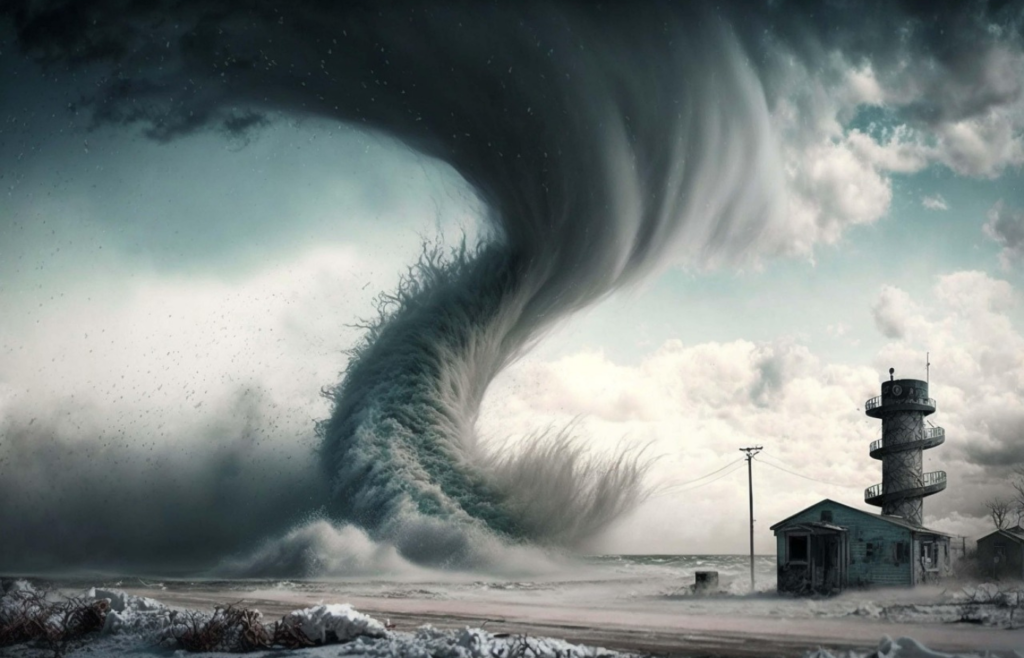
The Andover, Kansas, tornado of 1991 is famous not just for its strength but for the footage captured of it. This EF5 tornado tore through homes, flipping cars and obliterating neighborhoods.
Many remember this tornado for the iconic video of its massive funnel tearing through the landscape. The footage helped meteorologists better understand tornado behavior, leading to improvements in warning systems.
9. The Waco Tornado (1953) – A Deadly Urban Disaster
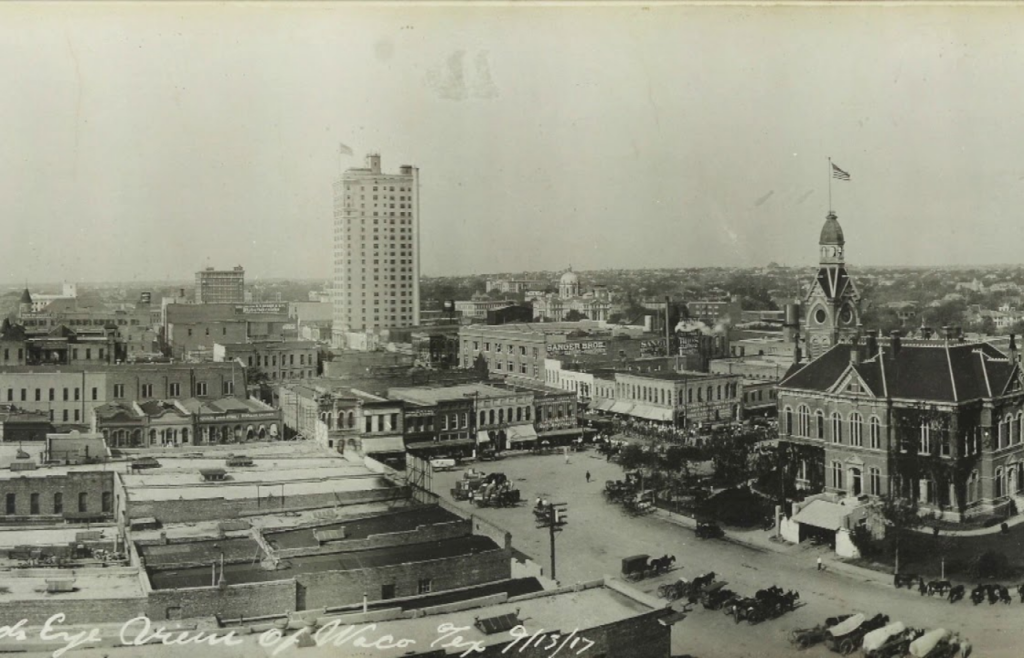
Before modern radar systems, tornadoes struck with little to no warning. The Waco, Texas, tornado of 1953 was a prime example of this danger. The EF5 tornado hit the downtown area, destroying buildings and killing 114 people.
At the time, it was one of the deadliest tornadoes in U.S. history. It remains a pivotal moment in weather history, pushing for better forecasting methods to prevent future disasters.
10. The Flint-Beecher Tornado (1953) – A Tragic Surprise
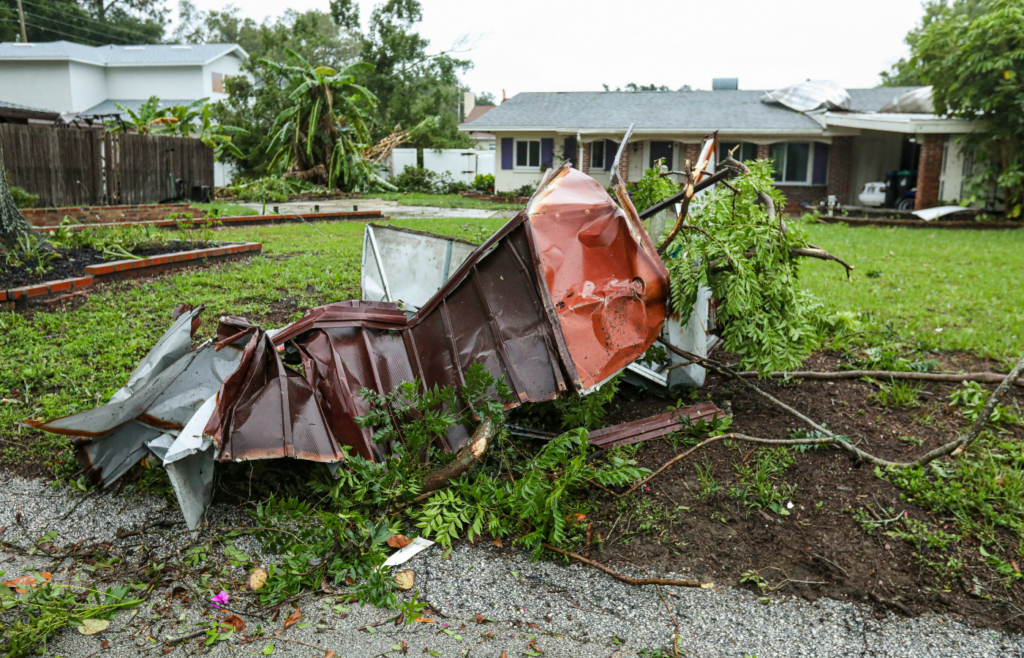
Just weeks after the Waco disaster, another EF5 tornado hit Flint, Michigan. The Flint-Beecher tornado killed 116 people, making it the deadliest tornado in Michigan’s history.
At the time, tornado warnings weren’t as widely issued, and many people were caught off guard. This disaster, along with Waco, played a crucial role in shaping the modern tornado warning system used today.
Final Thoughts
Tornadoes are some of the most terrifying forces in nature. The biggest and deadliest storms leave behind destruction, heartache, and hard-earned lessons about weather safety. Thanks to advancements in forecasting and emergency response, we now have better ways to prepare for these massive storms. But as history shows, when the skies darken and the wind starts howling, nature still has the final word.


